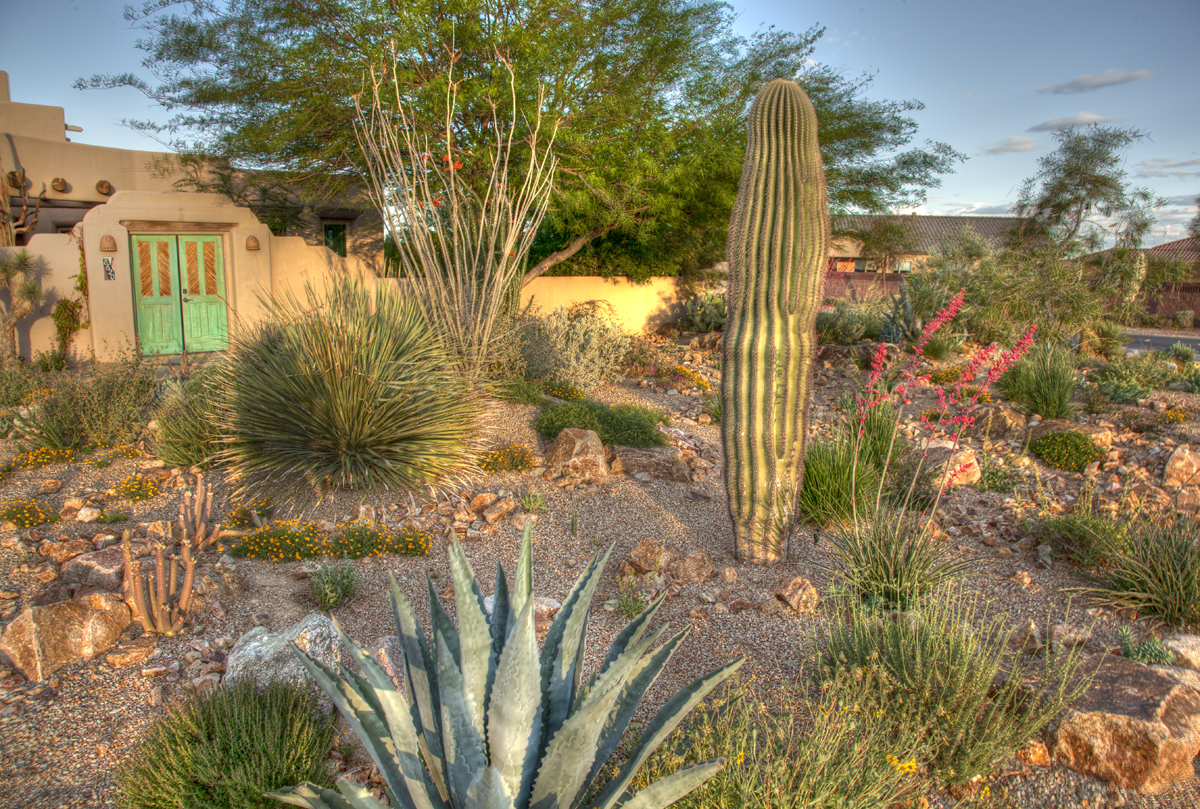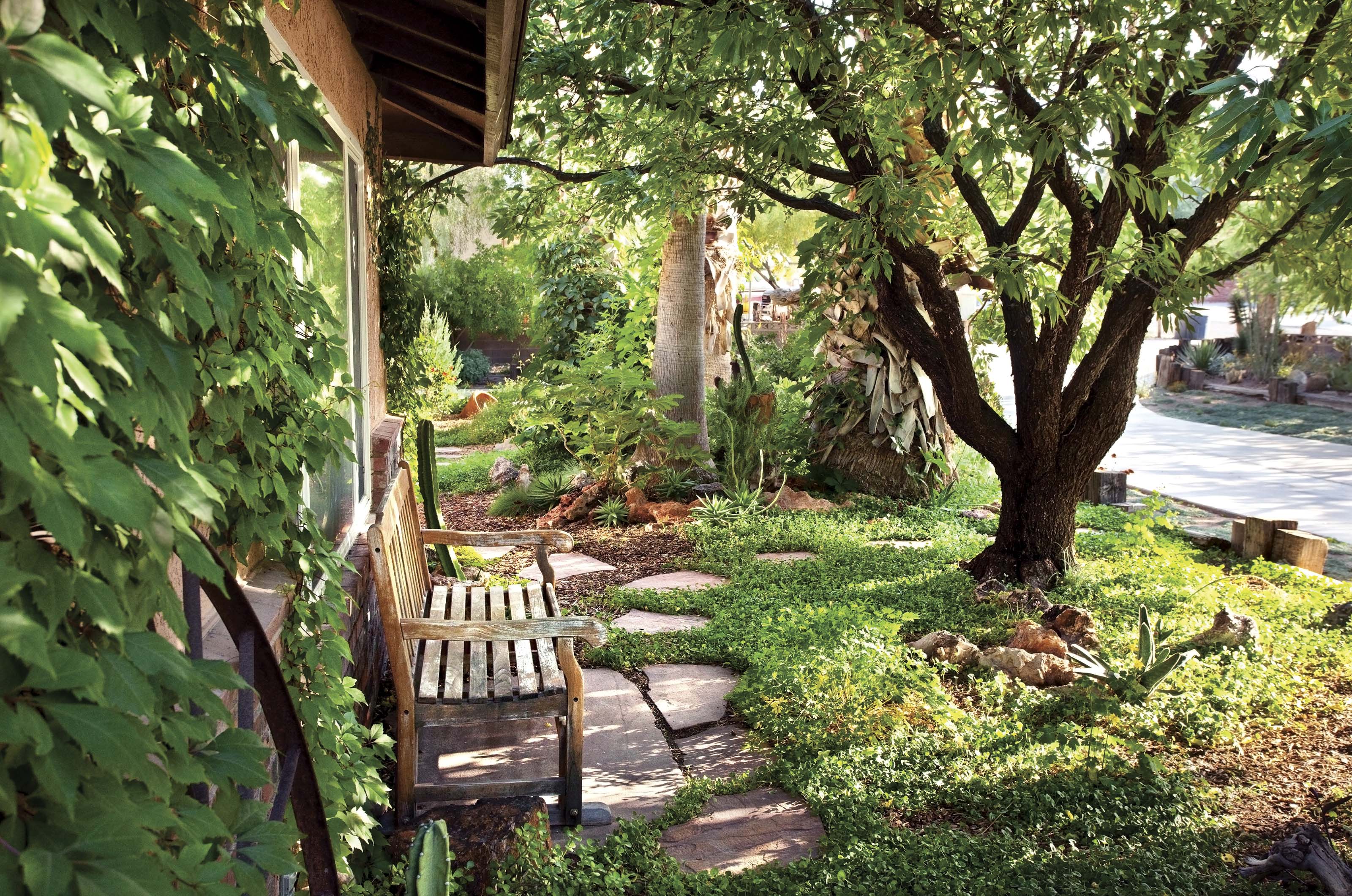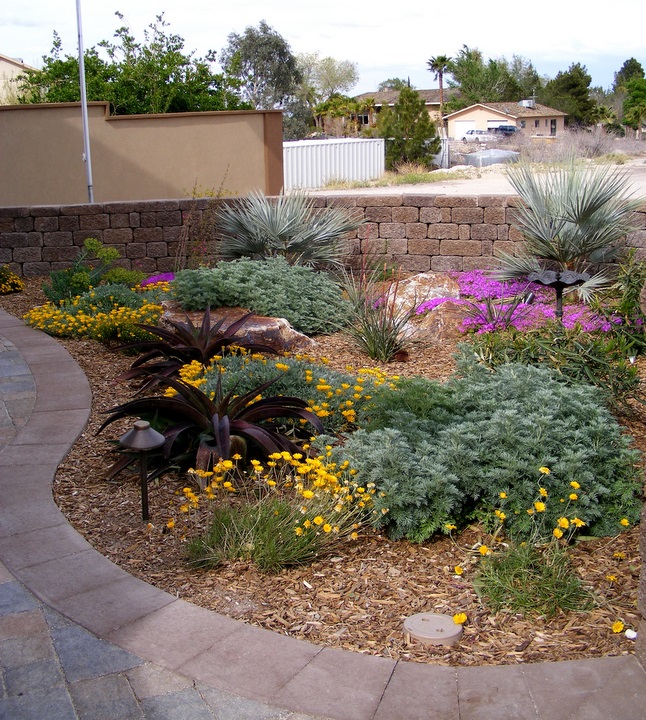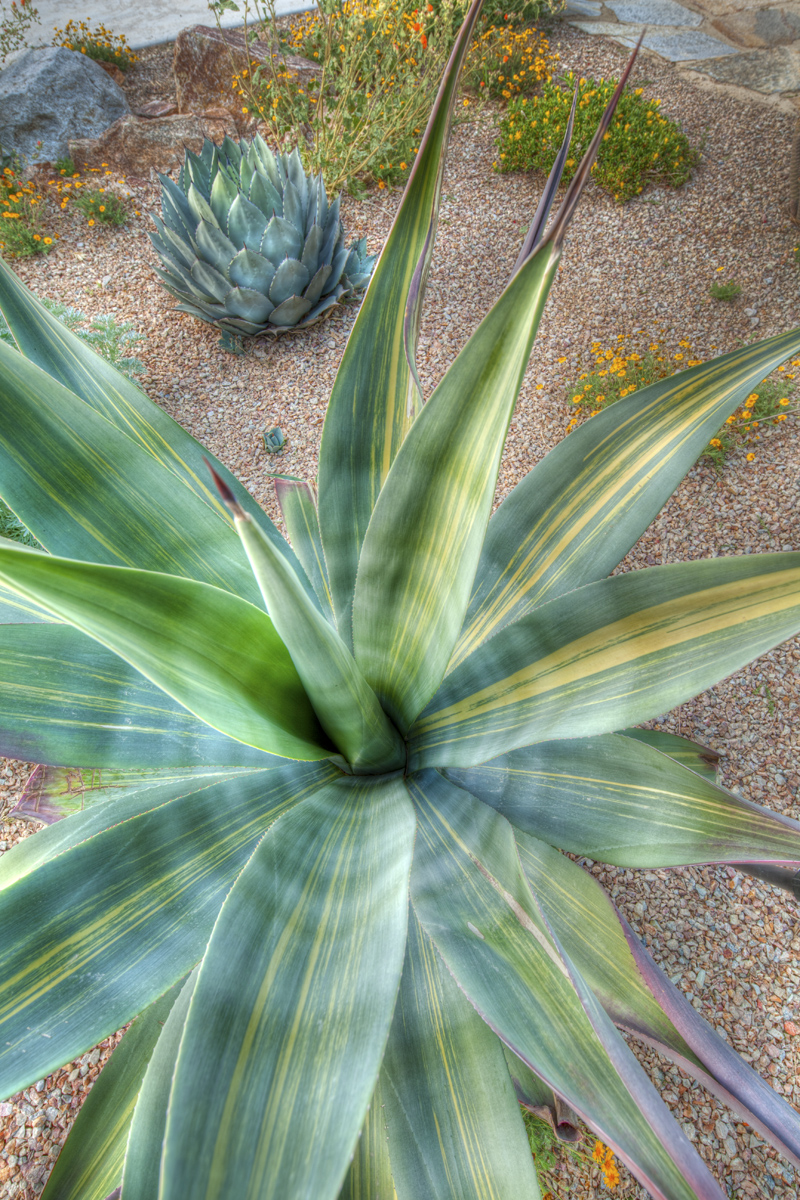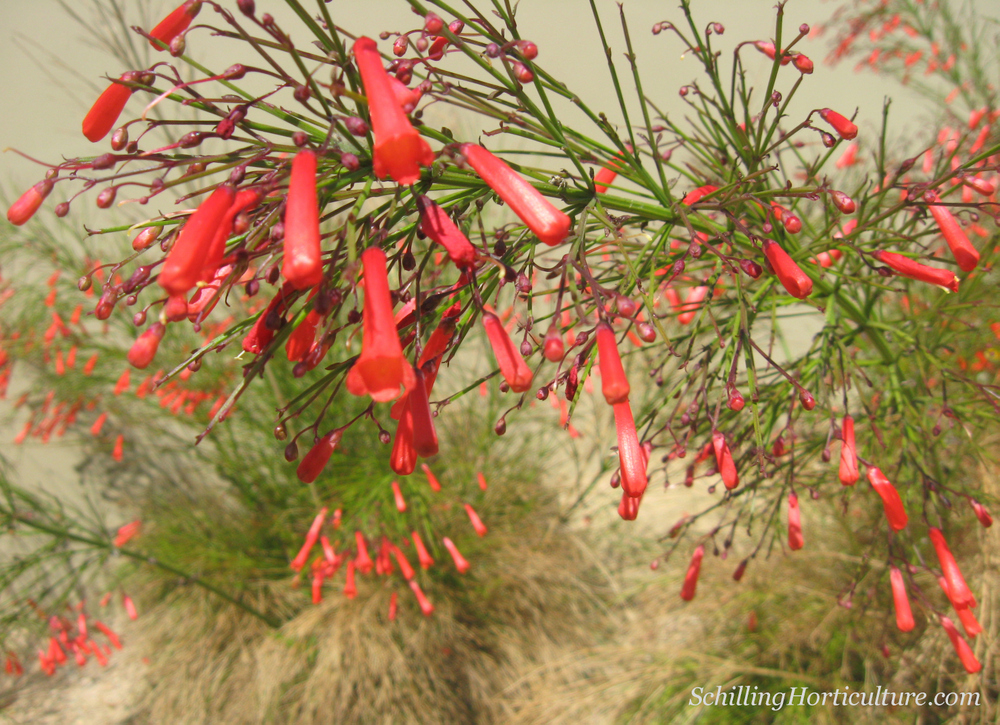 I’m blessed to live near Frenchman’s Mountain (aka Sunrise Mtn) and often hike the canyons and slopes with my 3 dogs. It’s a rough, rocky, nearly soil-less mountain, but I’m continuously amazed by the desert life that thrives in such a seemingly inhospitable place. These two little cacti, Mammalaria tetrancistra, are about the size of golf balls. I bent to pet my dog and when I did they sure caught my eye. Talk about eye-popping! 🙂
I’m blessed to live near Frenchman’s Mountain (aka Sunrise Mtn) and often hike the canyons and slopes with my 3 dogs. It’s a rough, rocky, nearly soil-less mountain, but I’m continuously amazed by the desert life that thrives in such a seemingly inhospitable place. These two little cacti, Mammalaria tetrancistra, are about the size of golf balls. I bent to pet my dog and when I did they sure caught my eye. Talk about eye-popping! 🙂
They are commonly referred to as fishhook cactus, or corkseed cactus.
According to cactigiud.com, the genus Mammillaria is one of the largest of the cactus family, with nearly 200 recognized species.
http://cactiguide.com/cactus/?genus=Mammillaria
http://cactiguide.com/cactus/?genus=Mammillaria&species=tetrancistra
http://plants.usda.gov/java/profile?symbol=MATE4

















